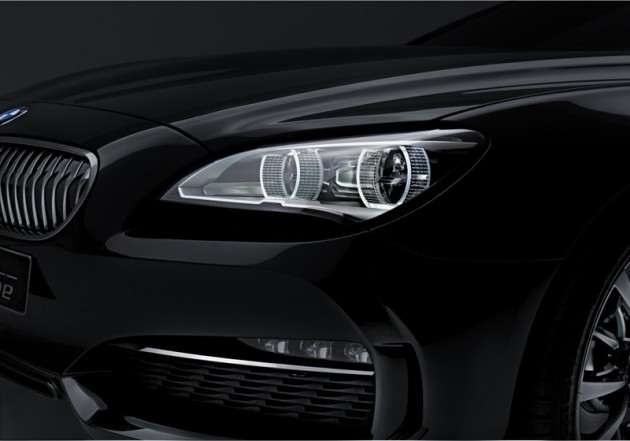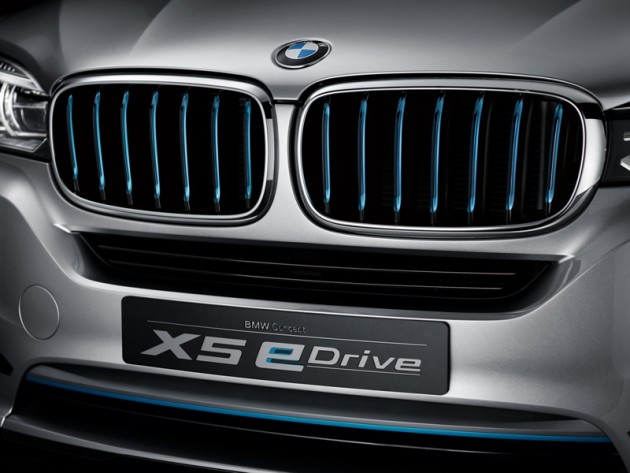Does BMW Have a Design Philosophy?
Many automakers tout their fancily-named, run-of-the-mill design philosophy as if it’s their biggest selling point. Some even use their design approach as a red herring to produce and sell good-looking vehicles that don’t perform well at all.
What about BMW? Does the Bavarian automaker have a design philosophy that’s more than just a collection of “animalistic” or “watery” curves?
The automaker does indeed follow a consistent design language across its ever-changing lineup. However, the first thing you must learn is that BMW doesn’t call it a design philosophy. Instead, the brand’s “design culture” encompasses all of the endeavors of those involved in the design process.
BMW Design Culture Emphasizes Tradition, Performance
According to BMW, the heart of the brand’s design culture is that “form should always follow function,” as the purpose of the brand is to “create emotionally charged products with lasting appeal.” Thus, engineers have a large say in the appearance of each BMW model, emphasizing a bond between human and product. Innovations only enhance models rather than define them.
“We design moving products, both in the functional and in the emotional sense,” explained Adrian van Hooydonk, Senior Vice President BMW Group Design. “Our design is authentic; it indicates what you can experience with our products and evokes the heritage of the brand. But our design is also geared towards the future and lends a face and soul to the cutting-edge technology that defines our products.”
Inside, BMW configurations and seating are driver-oriented and horizontal. The cabin uses the layering principle to stack different materials atop each other while completely avoiding flat surfaces.
This approach involves a heritage of iconic characteristics:
- Long wheelbase
- Four round headlights
- Long hood with shot overhang for balance
- L-shaped rear lights
- Swage line that divides the car’s body
- Two-part, kidney-shaped radiator grille which debuted in 1933 to reduce drag
- unchanging Roundel logo
- Hofmeister kink, the counter-sweep at the base of the C-pillar that separates the side windows from the back glass, which debuted in 1961
The result of BMW’s design philosophy is a consistent line of timeless and distinct products that avoids passing fads.
News Sources: BMW USA & Car Body Design

The News Wheel is a digital auto magazine providing readers with a fresh perspective on the latest car news. We’re located in the heart of America (Dayton, Ohio) and our goal is to deliver an entertaining and informative perspective on what’s trending in the automotive world. See more articles from The News Wheel.



